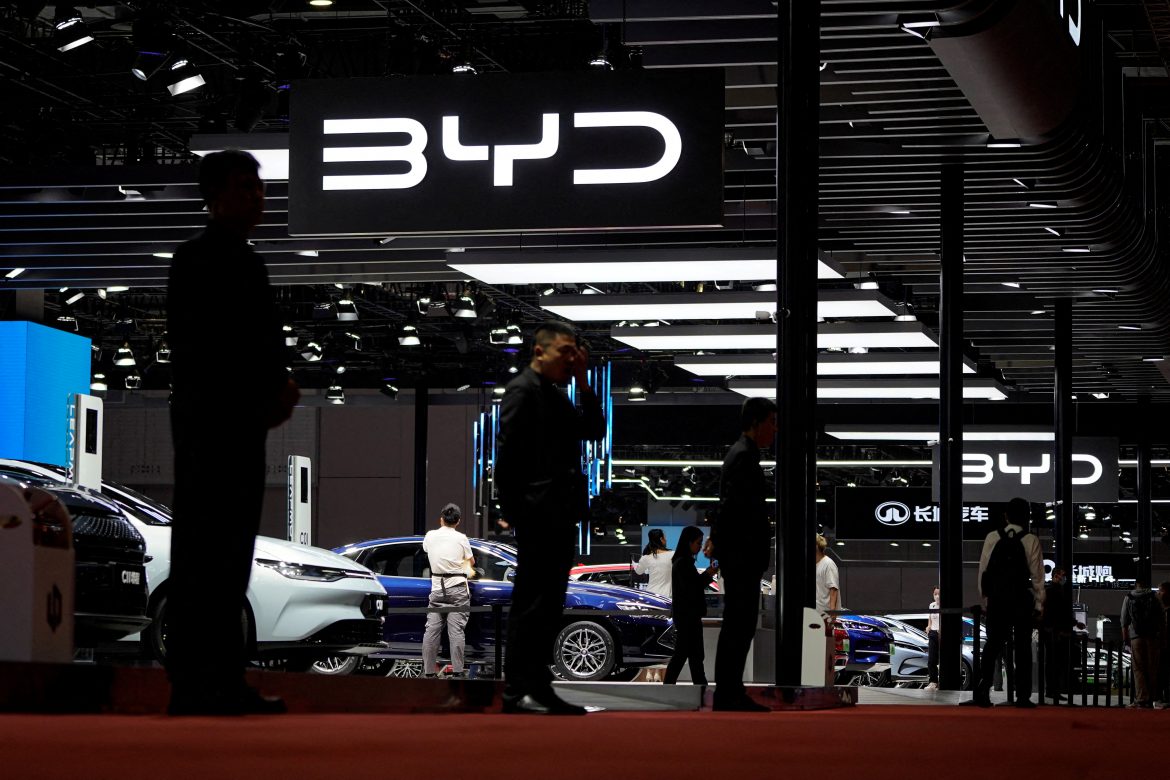Electric vehicle (EV) sales are experiencing significant growth in Southeast Asia, driven primarily by Chinese manufacturers like BYD and Vietnam’s VinFast. This surge is encroaching on the market traditionally dominated by Japanese and Korean internal combustion engine (ICE) cars, according to a recent report by Counterpoint Research.
Significant growth in EV sales
In the first quarter of the year, EV sales in Southeast Asia more than doubled compared to the same period last year. Concurrently, sales of ICE vehicles declined by 7%. Counterpoint Research analyst Abhik Mukherjee highlighted the shift in market dynamics: “As Japanese and Korean automakers, who dominate conventional vehicle sales, lag in EV adoption, Chinese OEMs (original equipment manufacturers) are stepping in to fill the gap.”
Dominance of Chinese EV brands
Over 70% of EV sales in Southeast Asia are from Chinese brands, led by BYD. Last year, Chinese car manufacturers accounted for 75% of all EVs sold in the region. BYD, China’s top-selling EV maker, maintained its leading position in the region with a 47% market share, followed by VinFast from Vietnam.
Thailand leading the charge
Thailand, Southeast Asia’s second-largest economy, is at the forefront of this transition. Chinese car makers have invested more than $1.44 billion to establish new EV production facilities in the country. In the first quarter, Thailand accounted for 55% of all EV sales in Southeast Asia, with the segment growing 44% compared to the previous year. The country’s status as a regional auto manufacturing hub, where Japanese giants like Toyota and Honda have a significant presence, underscores the competitive shift towards EVs.
Vietnam’s impressive growth
Vietnam has shown even more remarkable growth in the EV sector. Battery electric vehicle (BEV) sales in the country increased by more than 400%, contributing nearly 17% to regional sales. This significant rise underscores the rapid adoption of EVs in Vietnam and positions it as a key player in the Southeast Asian EV market.
Competitive landscape
Despite being a smaller EV market compared to other regions, Southeast Asia is becoming increasingly significant due to strategic partnerships and local incentives. BYD’s success in Southeast Asia is attributed to distribution partnerships with large local conglomerates, enhancing its market penetration. In contrast, U.S. electric carmaker Tesla saw its market share in the region drop by two percentage points to 4% in the first quarter, despite a 37% increase in sales.
Government incentives and investments
Several Southeast Asian countries, including Thailand and Indonesia, have introduced incentives to boost EV demand and attract investments. These incentives have been well-received by Chinese car makers, who are facing intense price competition in their domestic market. Mukherjee noted, “Southeast Asia is becoming a major expansion region for Chinese OEMs.”
Future implications
The rapid growth of EV sales in Southeast Asia indicates a significant shift in the region’s automotive market. The increasing presence of Chinese and Vietnamese EV manufacturers highlights the evolving competitive landscape. As governments continue to promote EV adoption through incentives, the market is likely to see further expansion and diversification.
The surge in EV sales in Southeast Asia, led by Chinese and Vietnamese manufacturers, marks a pivotal shift in the region’s automotive industry. With governments providing incentives and investments pouring in, the future of the Southeast Asian EV market looks promising. As traditional automakers adapt to these changes, the competition between ICE and EV manufacturers will likely intensify, driving further innovation and growth in the sector.



